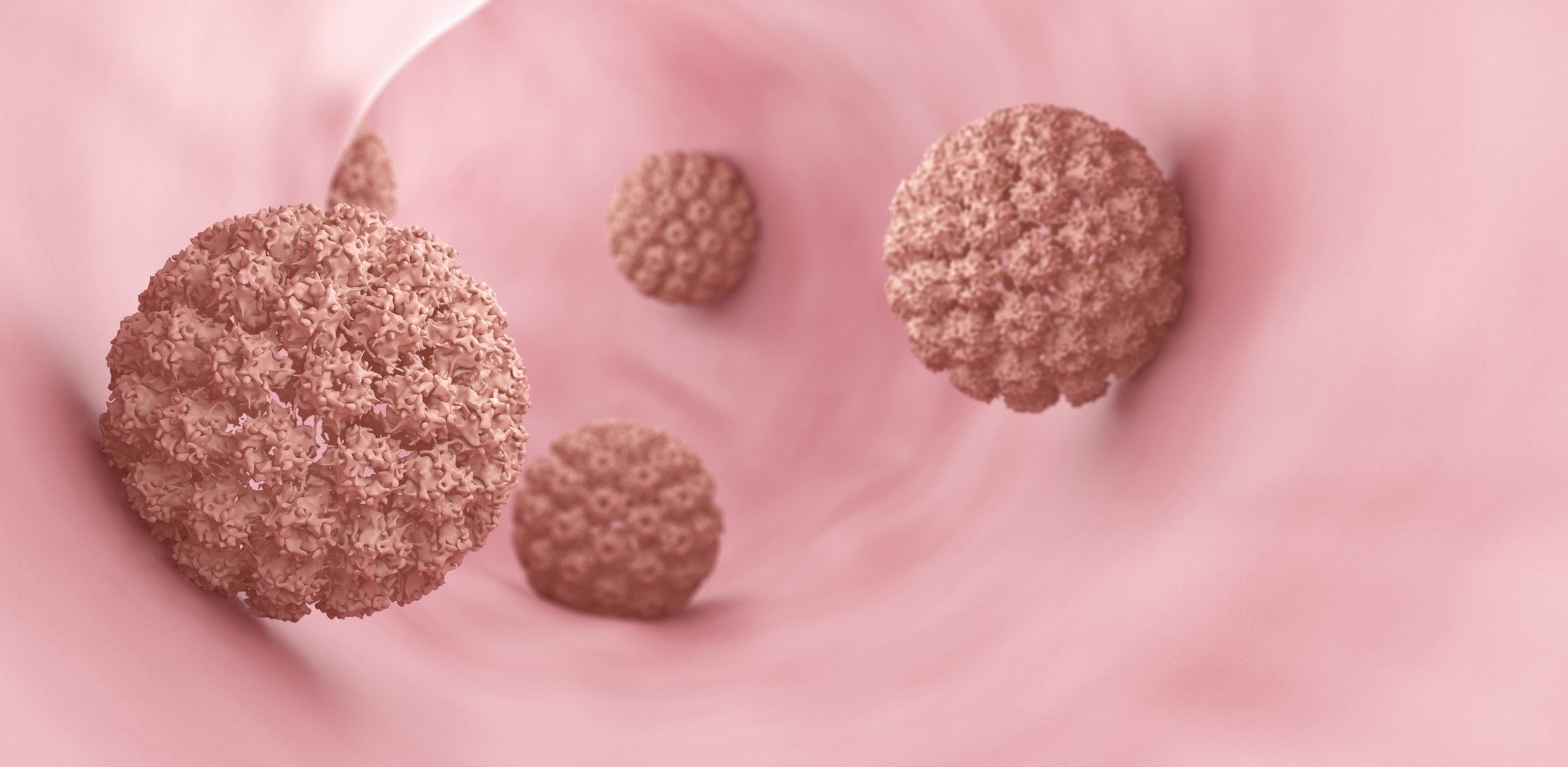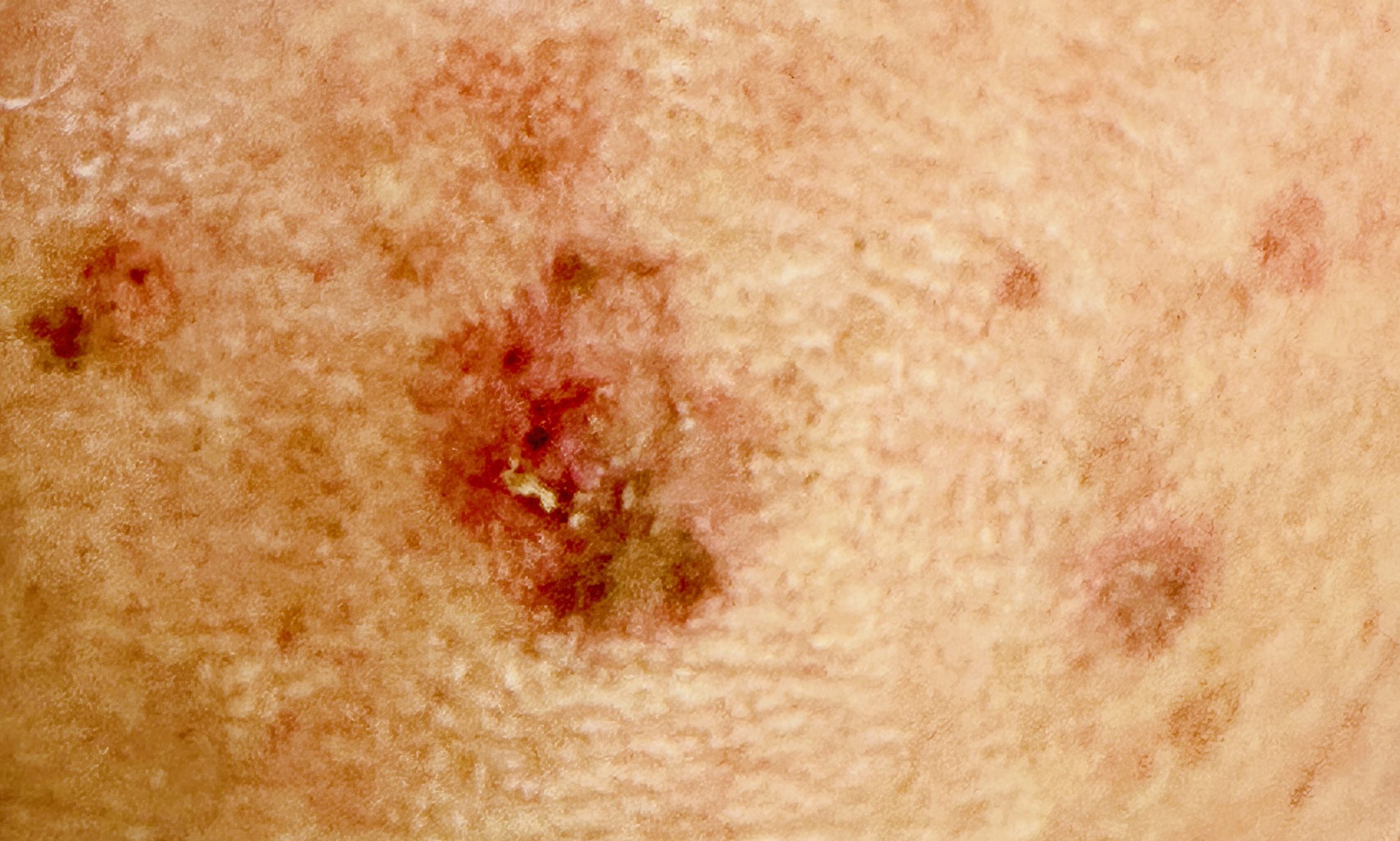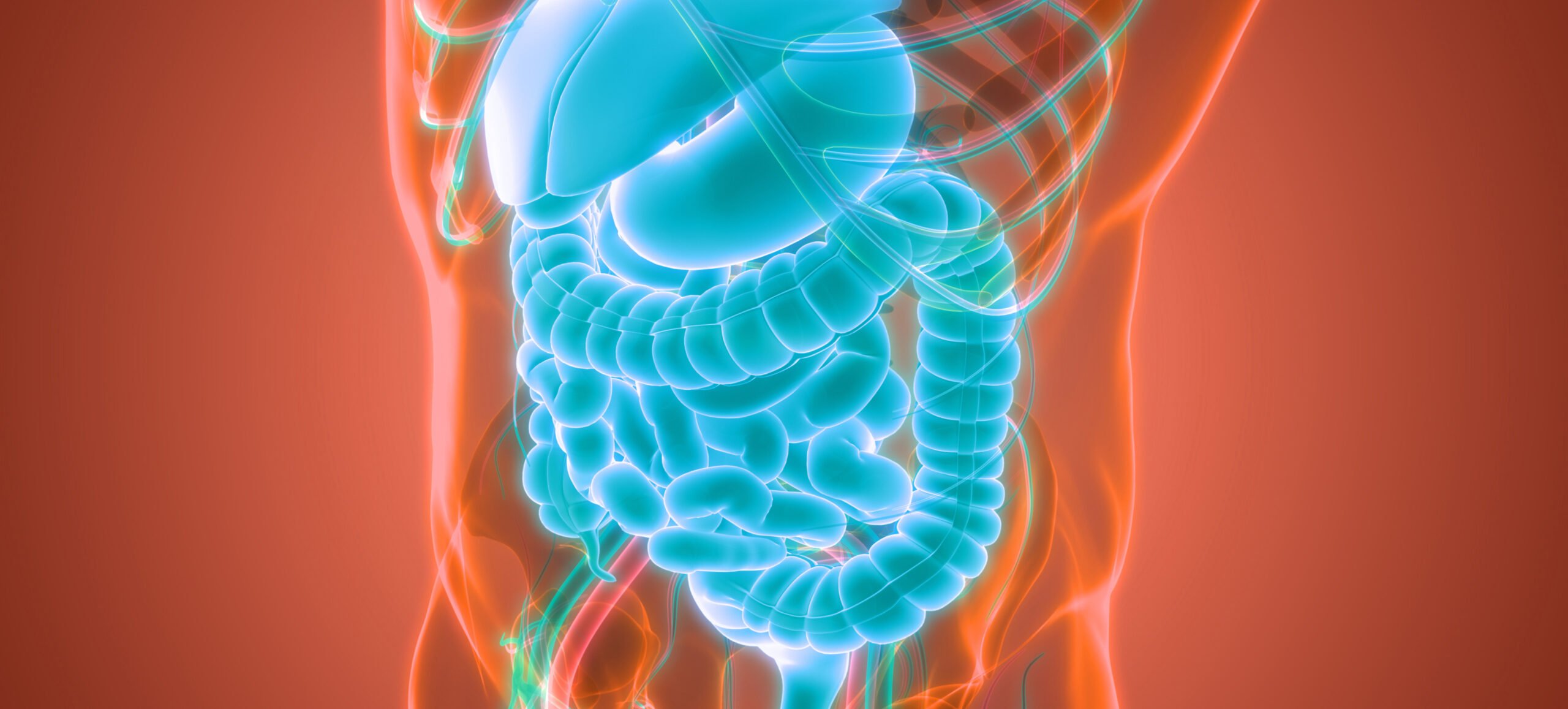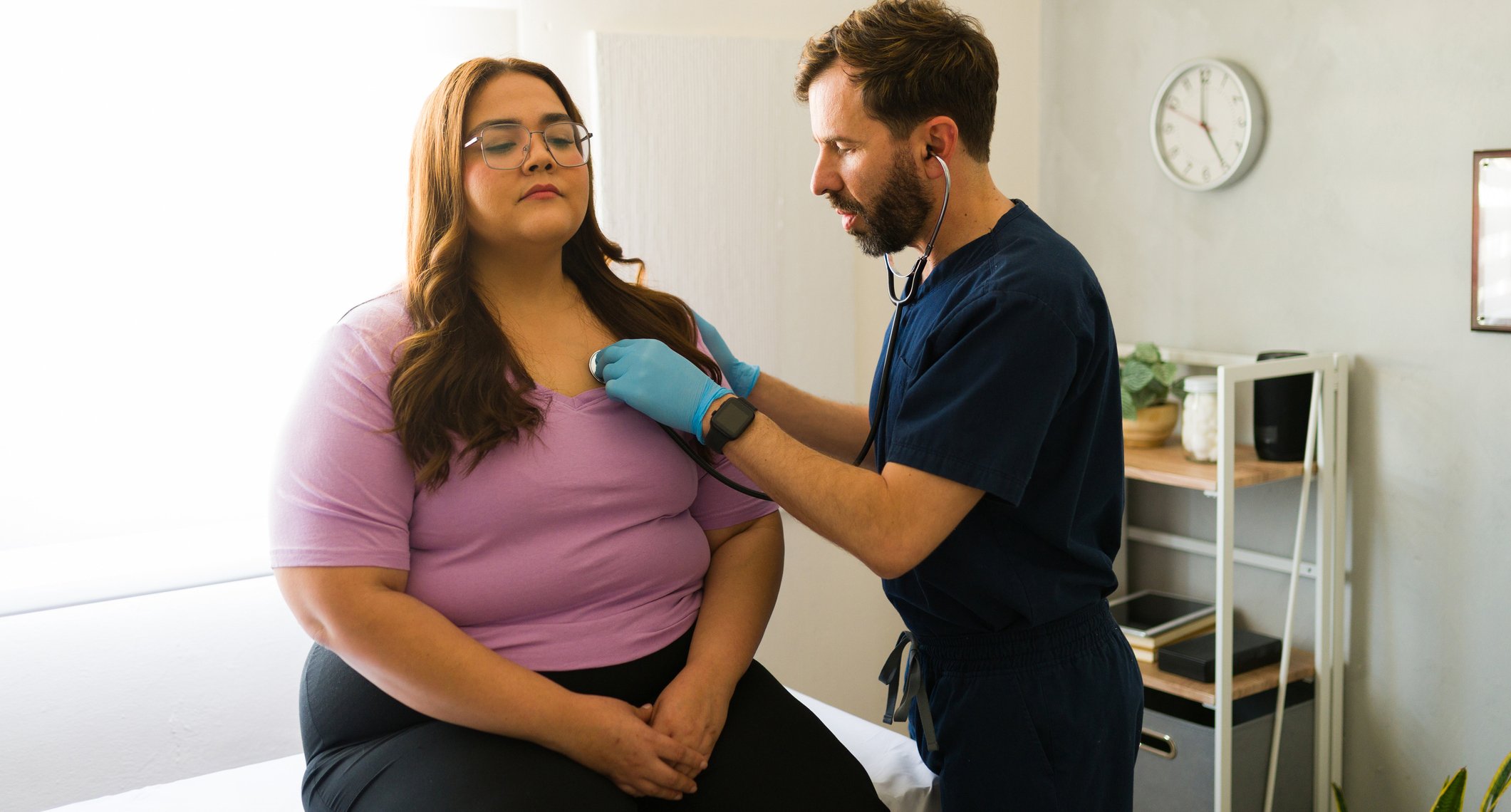The public perception of the human papillomavirus (HPV) is that it is a “women’s virus”, primarily associated with cervical cancer. In vaccination campaigns, prevention plans and sex education in schools, HPV mainly appears in a gynecological context. However, HPV is a ubiquitous, sexually transmitted infection with proven oncogenic potency – not only in the cervix, but also in numerous urological tissues. Particularly in a discipline such as uro-oncology, where the molecular approach to tumor biology is becoming increasingly important, the question arises: How relevant is HPV really for urological carcinomas?
Autoren
- Tanja Schliebe
Publikation
- Urologie-Special
- InFo ONKOLOGIE & HÄMATOLOGIE
Related Topics
You May Also Like
- Bladder infections and urinary tract infections
Survey reveals information deficits in the population
- Early detection of type 1 diabetes
Detection of insulin autoantibodies as an early marker
- Type 2 diabetes
Smoking causes more than double the risk
- From symptom to diagnosis
Abdominal pain – Colitis
- Pathophysiology, cardiovascular consequences and metabolic interventions
Obesity accelerates cardiovascular ageing
- CKD: counteracting kidney progression and reducing the risk of CVD
Targeted intervention through a multifactorial approach
- COPD therapy
Drug therapy – Update 2025
- Atrial fibrillation: interdisciplinary effort is crucial











